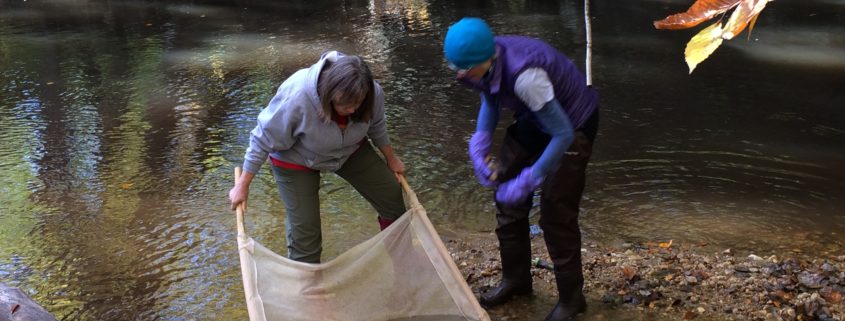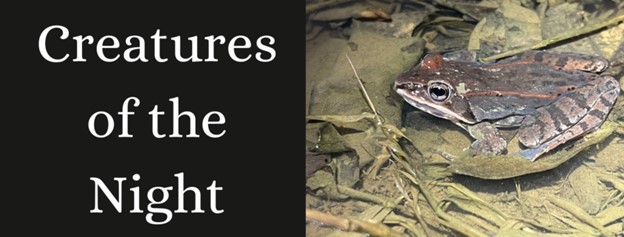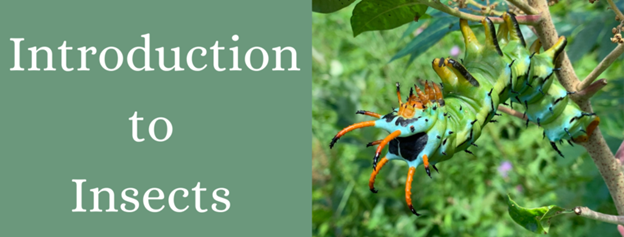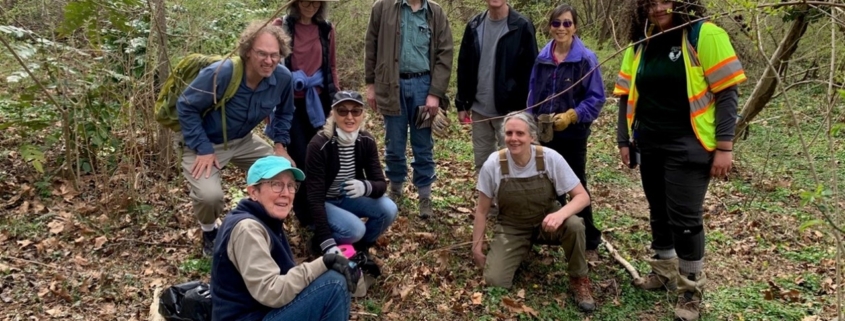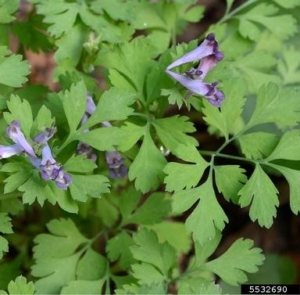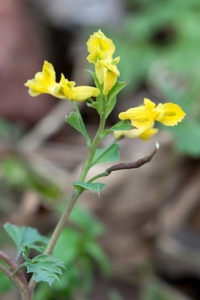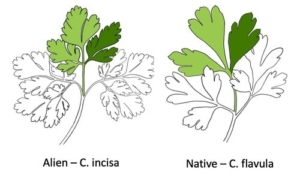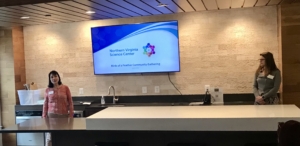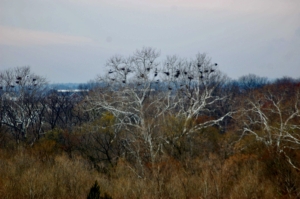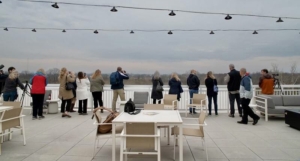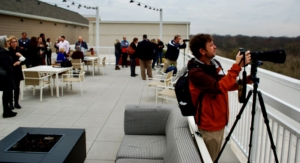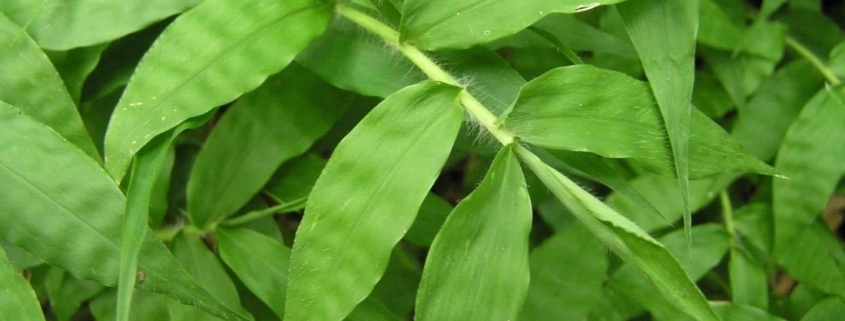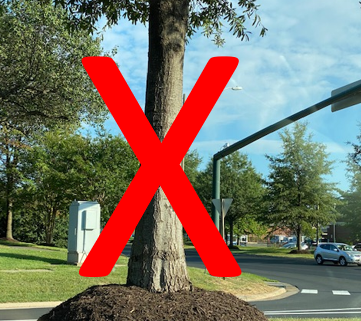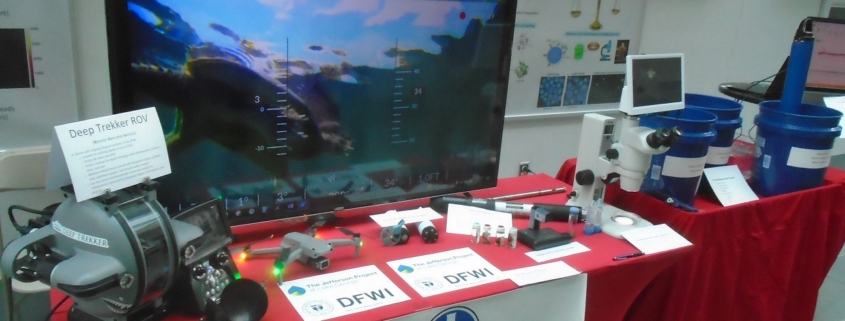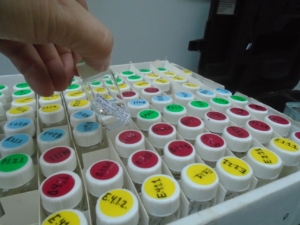Stream Monitoring Citizen Science & Training Opportunities, April and May
Photo: by FMN J. Quinn, Pohick Creek
Below is a list of the stream monitoring workshops and training opportunities located throughout the county:
Cub Run Stream Monitoring Workshop
When: April 9, 1:00-3:30pm
Where: Cub Run Stream Valley Park, Centreville
This spot is known for the beautiful Virginia bluebells that bloom at our stream site each spring. Participants often see a lot of mayflies too! Learn more and register for this workshop and others here.
Sugarland Run Monitoring Workshop
When: Saturday, April 15, 9:30am-12:00pm
Where: Sugarland Run Stream Valley Park, Herndon
This stream site is known for the large number of Great Blue Herons that visit the site as well as a large number of crayfish found in our collection nets. Learn more and register for this workshop and others here.
Difficult Run Monitoring Workshop
When: Thursday, May 4, 4:00-6:30pm
Where: Difficult Run Stream Valley Park, Great Falls
This long-standing stream site has changed greatly in width, depth, and streambed composition since NVSWCD first began monitoring the site. You never quite know what you’ll find! Learn more and register for this workshop and others here.
Horsepen Run Stream Monitoring Workshop
When: Wednesday, May 17, 4:00-6:30pm
Where: Horsepen Run Stream Valley Park, Herndon
This site has faced challenges in recent years including erosion and invasive bamboo. Join the NVSWCD as participants monitor Horsepen Run to assess stream health and learn about the environmental impacts on this stream. Learn more and register for this workshop and others here. Resceduled from the original workshop date in March.
Wolftrap Creek Monitoring Workshop
When: Saturday, May 20, 9:30am-12:00pm
Where: Wolftrap Creek Stream Valley Park, Vienna
This stream site is one of NVSWCD’s newer sites, with easy stream access and often used as a site for VASOS field certification workshops. Learn more and register for this workshop and others here.
More Training and Stream Monitoring Opportunities
- Izaak Walton League (Virginia Save Our Streams) – Stream Monitoring Certification Training
- Creek Critters by Audubon Naturalist Society – macroinvertebrate data collection app
PocketMacros App – macroinvertebrate ID on Android and Apple
Northern Virginia Soil and Water Conservation District (NVSWCD) is very excited to contribute their stream data to state and national datasets. If you’d like to see data from all the NVSWCD regional stream monitoring team’s active sites, you can find NVSWCD organization on the Clean Water Hub.


